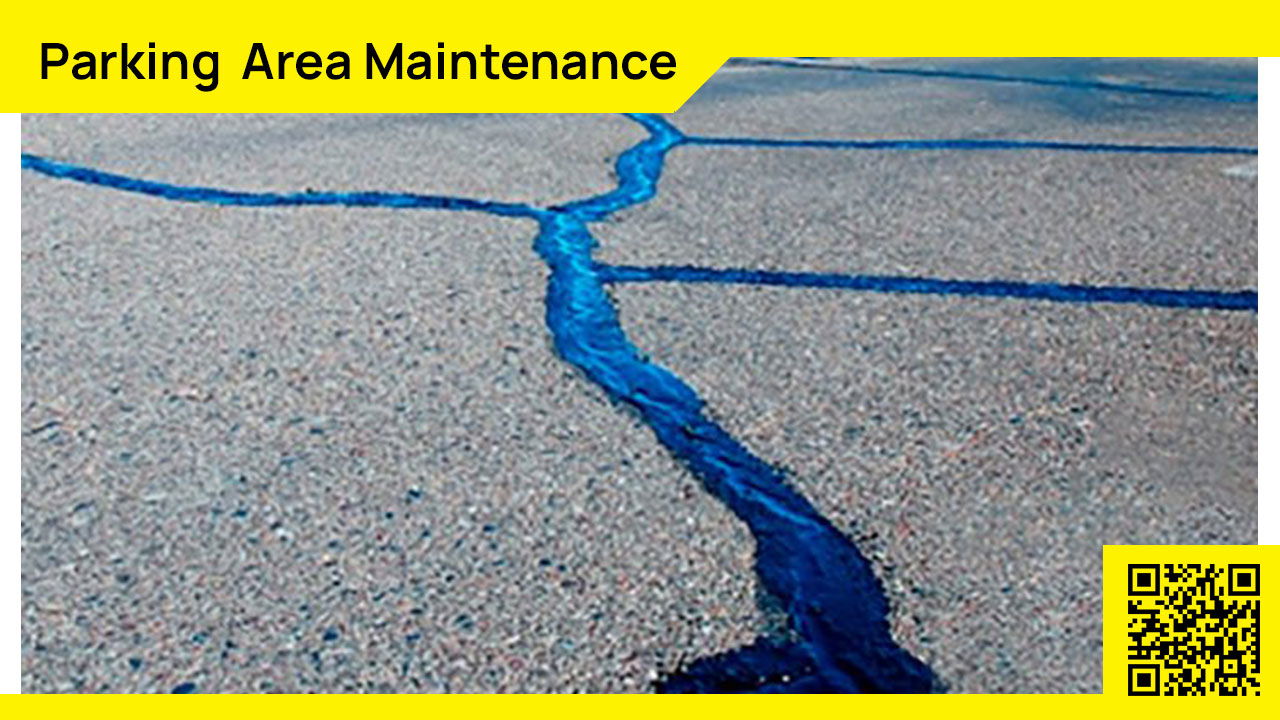How to Prepare Your Site for Asphalt Paving Projects

Proper site preparation is crucial for the success of any asphalt paving project, whether it’s a new installation or resurfacing. Preparing the area ensures a smooth and durable surface, minimizes potential issues, and extends the pavement's lifespan. Here’s a step-by-step guide to preparing your site for an asphalt paving project.
1. Conduct a Thorough Site Inspection
Before beginning any paving work, the site must be thoroughly inspected.
- Evaluate the condition of the existing surface to determine if repairs or complete removal are necessary.
- Check for drainage issues, underground utilities, and other potential obstacles that might affect the project.
A professional inspection ensures that any hidden problems are addressed upfront.
2. Clear the Area
Clearing the site is a key step in preparing for paving.
- Remove debris, vegetation, or old pavement to create a clean and even base.
- For commercial properties, ensure the area is free from vehicles and equipment to allow smooth access for machinery.
This step is essential to prevent uneven surfaces and structural issues.
3. Address Drainage and Grading
Proper drainage design is critical for preventing water accumulation, which can weaken the asphalt over time.
- Grade the surface to create a slope that directs water away from the pavement.
- Install drainage systems, such as ditches or catch basins, if necessary.
This ensures the longevity of the asphalt and reduces maintenance needs.
4. Compact the Subgrade
A strong and stable subgrade is the foundation of any successful asphalt project.
- Compact the soil to eliminate air pockets and provide a solid base.
- Ensure the subgrade is free from soft spots, as these can lead to uneven surfaces or cracks in the asphalt.
Proper compaction prevents shifting and supports the weight of traffic over time.
5. Install the Subbase and Base Layers
The subbase and base layers provide additional strength and stability for the asphalt surface.
- Spread a layer of crushed aggregate evenly across the prepared site.
- Compact the aggregate to create a strong, uniform subbase.
- Add a second base layer for added durability in high-traffic areas.
These layers distribute weight evenly and enhance the structural integrity of the pavement.
6. Mark Utility Lines
Utility lines should be marked for safety and efficiency before paving begins.
- Contact local utility companies to identify and mark underground cables, pipes, and other installations.
- Adjust paving plans to avoid potential damage to utilities during construction.
This step prevents costly repairs and ensures compliance with local regulations.
7. Choose the Right Time and Weather Conditions
Timing plays a crucial role in asphalt paving projects.
- Schedule the project during warm and dry weather to ensure optimal laying and curing asphalt conditions.
- Avoid rainy or frigid days, as moisture and freezing temperatures can affect the asphalt’s performance.
Ideal weather ensures a smoother process and a higher-quality finish.
8. Communicate with Your Contractor
I would say that clear communication with your paving contractor is essential for a successful project.
- Discuss your goals, budget, and timeline in detail.
- Review the project plan and address any concerns before work begins.
A strong partnership with your contractor makes sure the project runs smoothly from start to finish.
9. Prepare for Minimal Disruption
For commercial properties, you can just plan to minimize disruptions to operations.
- Schedule paving work during off-peak hours or weekends to reduce inconvenience for customers and employees.
- Use clear signage and barriers to redirect traffic and ensure safety during construction.
Proactive planning keeps operations running smoothly while the project is underway.
10. Follow Post-Paving Care Instructions
Once the asphalt is installed, proper care during the curing period is crucial.
- Avoid heavy traffic for at least 24-48 hours to allow the asphalt to set.
- Follow your contractor’s maintenance recommendations, such as sealing and crack filling, to extend the pavement’s lifespan.
Post-paving care ensures the surface remains durable and visually appealing for years.
Preparing your site for asphalt paving is an investment in the success and longevity of your project. By addressing potential issues upfront and working with experienced professionals, you can achieve a smooth, durable, and attractive asphalt surface that meets your needs.
Get In Touch With Us:
Parking Area Maintenance Inc
9580 Ida St. Omaha, Nebraska 68122
+14024963400
https://www.parkingmaintenanceomaha.com
Read Our Blog About Cracking and Potholes: How Professional Asphalt Contractors Can Fix Them
